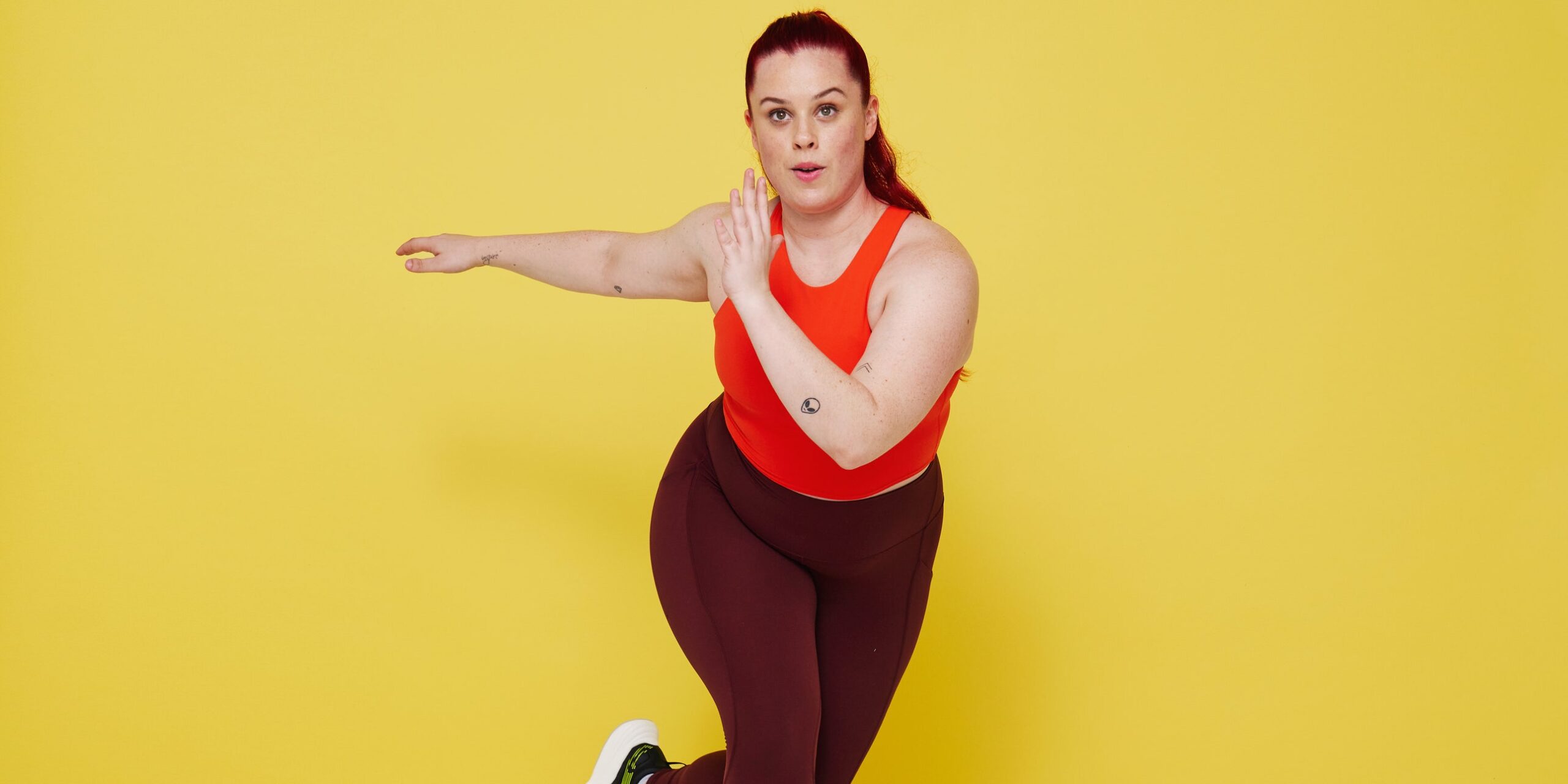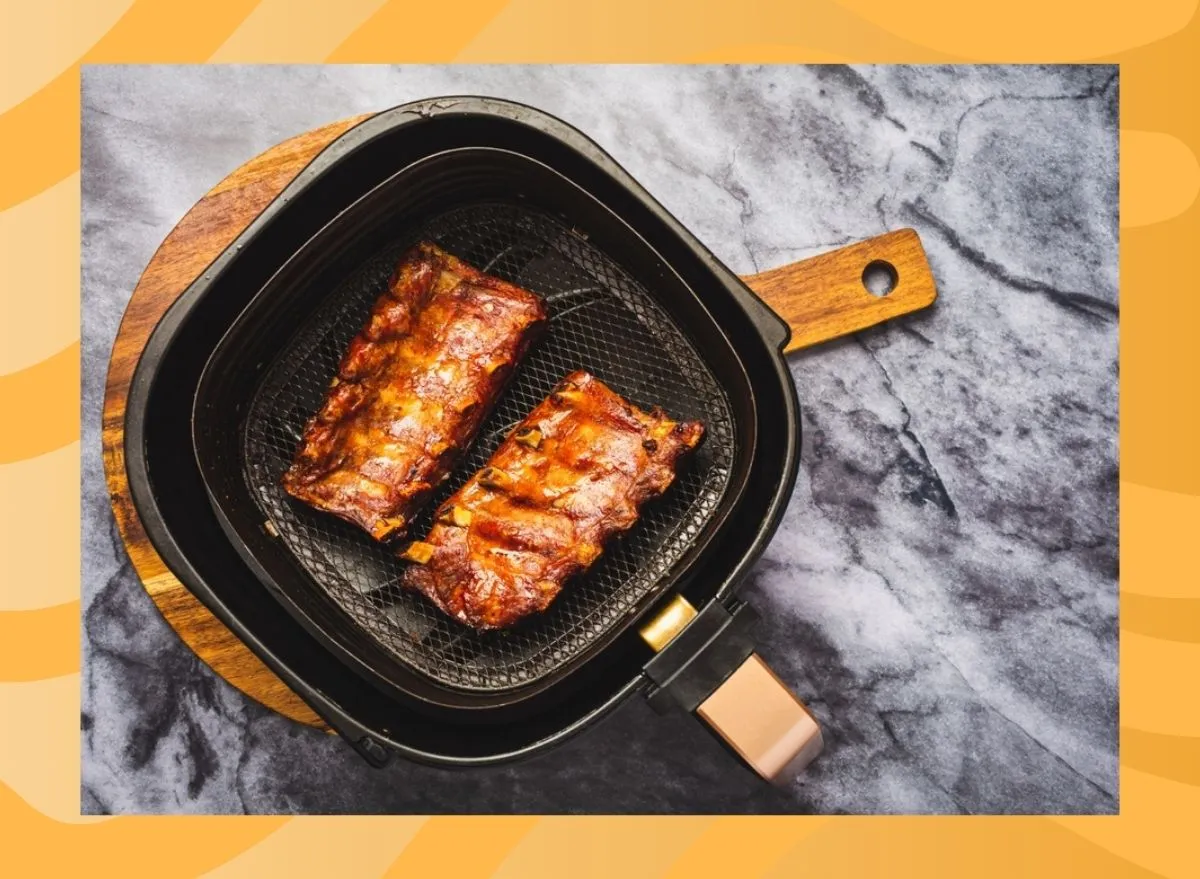Whether you’re walking to work, hauling groceries up the stairs, or picking up your toddler, it pays to be able to keep steady. With a specific bodyweight balance workout, you can train this oft-underlooked component of fitness to improve your ability to safely navigate tons of scenarios—both in daily life and at the gym.
First though, let’s get clear on what balance even is: You can think of it as the “ability to control your body in an upright position, whether stationary or moving,” according to research in the American College of Sport Medicine’s Health & Fitness Journal.
Having good balance is about being stable, coordinated, and aware of your body in space, personal trainer Sivan Fagan, CPT, owner of Strong with Sivan, tells SELF. And it can improve your ability to stay upright and reduce your risk of injury in pretty much any situation.
Balance is something that’s actually a struggle for a lot of people, says Fagan, simply because they don’t often incorporate single-sided exercises—moves like lunges, single-leg deadlifts, and skaters, where just one leg is doing the majority of the work at a time—into their routine. Compared to bilateral moves like squats and deadlifts, unilateral exercises are great options for training your balance because they inherently deliver more of a challenge to stay steady. After all, it’s much harder to stay upright when you have just one foot on the ground versus two.
Additionally, unilateral moves directly translate to a lot of everyday tasks that demand balance, like walking and climbing the stairs, which means they’re really functional. During so much of life, “we have to be able to stabilize our body with one less contact point on the floor,” says Fagan, and regularly doing single-sided work can help you master this skill.
READ RELATED: The slow running revolution: how to move at a ‘sexy’ pace – and really enjoy the race
Another reason why unilateral exercises are good for balance training is because they inherently work on core stability. This is actually a crucial part of balance, since your core muscles play a big role in keeping you steady and helping you avoid tipping to the side or folding over. As Fagan puts it: “We want a strong core in order for us to be able to be stable in day-to-day life.”
The following routine, which Fagan created for SELF, relies on single-sided moves like a forward to reverse lunge, skater hop, star toe touch, and warrior balance to help challenge and ultimately improve your balance. And because core stability is an integral part of balance, the workout also includes the plank tap, a single-arm plank variation which will seriously engage your core stabilizer muscles.
You can do this bodyweight balance workout two to three times per week, says Fagan. Before you get started, take a few minutes to warm up first so your body is properly primed. Fagan recommends doing dynamic exercises like striders (the first move in this sequence), inner thigh mobility drill, and 90/90 stretch. Then you’re ready to get started!
The Workout
What you need: Just your bodyweight! You may also want a yoga mat for comfort.
Exercises
- Warrior Balance
- Forward to Reverse Lunge
- Skater Hop
- Plank Tap
- Star Toe Touch
Directions
- Perform each move for the reps listed below, resting as needed between exercises so that you can complete the following exercise with good form.
- After you’ve completed all five exercises, rest as needed, then repeat the circuit for 2 to 3 total rounds.
Demoing the moves below are Cookie Janee (GIF 1), a background investigator and security forces specialist in the Air Force Reserve; Teresa Hui (GIF 2), a native New Yorker who has run over 150 road races, including 16 full marathons; Nikki Pebbles (GIFs 3-4), a special populations personal trainer in New York City; and Keri Harvey (GIF 5), a Brooklyn-based NASM-certified personal trainer currently training at Form Fitness Brooklyn.






